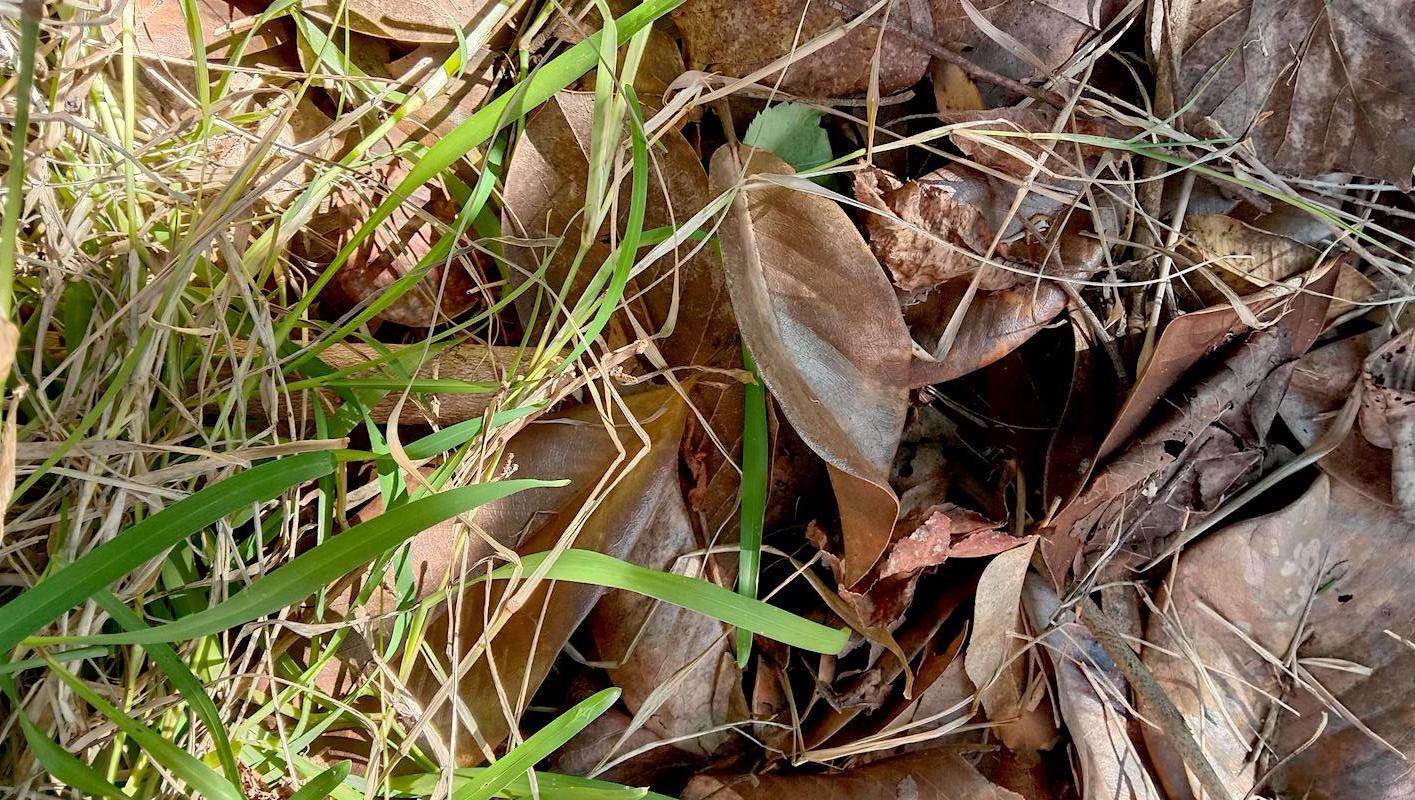Compost is a fantastic way of enriching the fertility of the soil and improving its ability to hold moisture. It also helps feed the microorganisms which in turn feed the plants.
Compost is decomposed organic matter. You can compost any plant material either living or dead.
Making your own compost is fairly simple and really rewarding. It’s great for our planet as it reduces the amount of waste going to landfill.
Aerobic composting (also referred to as hot composting) is one of the most popular methods. Most gardeners use this method by constructing a bay 1m high, 1m deep and 1m wide.
The materials that will make up your compost heap are divided into two groups:
Nitrogen material (often called wet or green matter): such as manure, green leaves, vegetable scraps and green lawn clippings.
Carbon material (often called dry or brown matter): such as straw, cardboard, shredded paper, dried leaves, sawdust and dried lawn clippings.
Layer items from the two groups like a lasagne at the approximate ratio of one third from the nitrogen group to two thirds from the carbon group. Ensure the layers are damp.
Heat is released due to the amazing amount of microbial activity as millions of bacteria, protozoa, nematodes, algae and fungi feed and breed and enjoy their wonderful environment.
Ensure the moisture and heat stays in the pile, so cover it with something like old carpet.
In addition to food and water, the microbes also need air. Ensure you turn the pile a couple of times each week to help aerate it and monitor the moisture content of the pile.
When the compost is ready, it can be dug into the soil or buried under mulch. It needs to be kept out of direct sunlight as it will dry out and kill off many of the beneficial microbes.

